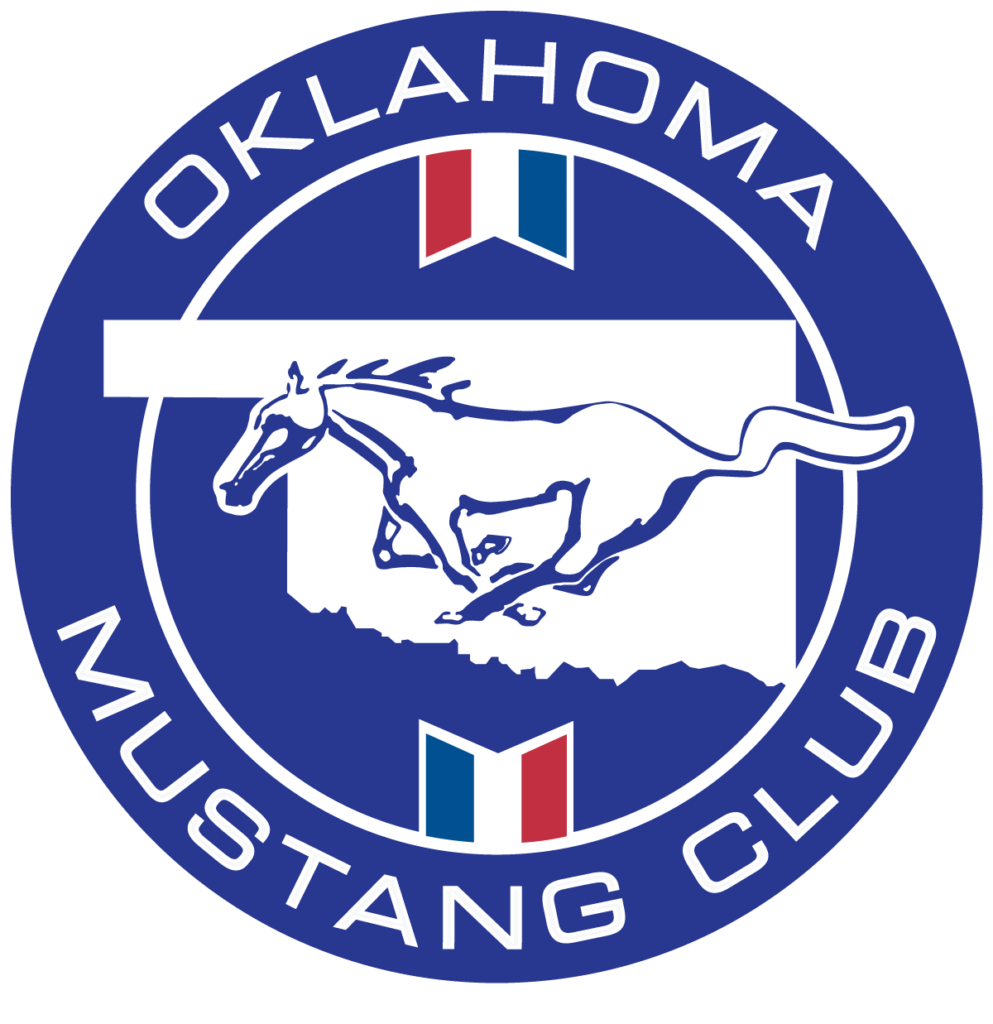HPDE PREP
Larry Kosilla of AMMONYC produced this “track day prep” video some time ago, but it’s chalk full of just about everything presented on this page. It’s worth a watch and will give you many things to consider as you venture into the world of motorsports and high speed driving.
TRACK DAY PREP
The following list represents a minimum level of vehicle and driver preparation while attending a High Performance Driving Event (HPDE). Some organizations may provide a cursory tech inspection, but ultimately the maintenance and safe operation of the vehicle is your responsibility. Typically, tech inspection check sheets are provided and are submitted when arriving at registration or in the case of the National Auto Sport Association (NASA), their form is turned in at the tech inspection station.
- Remove all loose objects from car prior to entering the track
- Engage/lock all unused seat belts
- Remove drivers floor mat
- Remove all wheel center caps and beauty rings
- Ensure your wheel lug nuts are torqued to OEM specs
- Ensure your vehicle is not leaking ANY fluids and is in good mechanical condition
- Ensure the battery is secured to the vehicle chassis
- Inspect your brake pads! You want at least 50% of pad life left. Track days are going to push your braking system to its limits, so make checks on a regular basis.
- Replace your OEM fluid with high-temp brake fluid compatible with your vehicle. Heat from performance braking will cause OEM fluid to oxidize and breakdown over time.
- Brake fluid should be changed if it appears very dark in color, as this may indicate water in the fluid
- Check your tire pressures before and after a track session. Determine what pressure combinations gives you the most grip.
- Tires should have at least 20% tread life and free of any foreign objects (nails, screws etc.)
WHAT TO BRING
When driving at an HPDE, especially for the first time, there’s a lot to think about, so to make everything less stressful, we recommend bringing the following items:
For the vehicle:
- glass cleaner
- paper shop towels
- tire pressure gauge
- a bag or tarp to place loose items being removed from your interior
- basic hand tools
- painters tape for numbers if you do not have a set of decals
For the driver:
- long-sleeve shirts for on track
- fire-resistant driving gloves
- SA2015 rated or better helmet
- if you don’t have or plan to use your helmet face shield, highly recommend some fashion of eye protection
- folding chair
- if you can afford the transport space, bring a shade canopy
- cooler with ice, bottled water and sports drinks
AT THE TRACK
The day of the event, know what your schedule is going to look like ahead of time. Upon arrival, check in with registration and have all needed paperwork ready. Remember that most organizations have a check-in sheet, a tech sheet, or both, to be submitted immediately or during tech inspection. There’s always a drivers meeting, so know and understand which meetings you are required to attend and what time they start. NASA, for example, has an initial drivers meeting and then you’re segmented into your run groups. NASA HPDE groups typically have a meeting after each session, sometimes called download or de-briefing meetings. During that time you can ask questions that may have been on your mind during the general meeting, and talk about specific rules applied to your run group.
You’re going to need a way to identify your car. At times event decals, usually colored numbers, are supplied so that grid marshals can identify the car and what group you’re supposed to be on track with. If no decals are given to you, you’ll have to apply your own (via custom vinyl numbers or you can hack some numbers out with painters tape). Vehicle number requirements and placement vary based on which organization is running the event.
Know when you’re supposed to be on track and prepare ahead of time. There will typically be a first, second and last call for a run group to line up on the grid. Once you complete a session and pull off track, that’s a good time to check your tire pressures. You’ll be surprised how quickly heat and pressure will build when you push the grip limits of your tires.
ON THE TRACK
If you’re brand new to the HPDE environment, the first few track sessions are going to be your recon sessions. You’ll learn when and where to line up on grid and where the entrance and exit to the track is going to be. Sensory overload is common until you become more comfortable on track. Take time to get the lay of the land, so to speak, figuring out which turn is which, where the front and back straight are located (sometimes there’s more than one back straight!), where the flag stations are located and what the car feels like on track.
Whether you’re running and all-season (not recommended by the way, unless it’s raining!), a 200-tread wear summer tire or full race compound, your tires need time to come up to their normal/optimal driving temperature. It’s at this point that you’ll begin to notice you have more grip. Keep this in mind especially when ambient temps are below 60F. Initial exposure to the track and taking time to learn the track layout generally leads to slower speeds, in which case your tires will take more time to heat up. If ambient temps are 55F with cloudy skies, for instance, you may not get your tires up to temp for 3 or 4 laps, where as a 95F day with sunshine will only require one initial warm up lap or so before you can start to count on max tire grip.
Generally when you’re a beginner, it’s recommended that you avoid running lap timers of any sort so that you can concentrate on learning, instead of trying to push for a better time each session. Over-driving the car and driving beyond your current ability is when drivers start to get themselves into trouble. Speed will come with seat time and experience. That being said, it can be useful to time the last session of the day so that you have a baseline for future HPDEs at that track. At what point you begin to time your laps is up to the driver and sometimes even the instructor riding with you.
BETWEEN SESSIONS
After the session is a good time to think about your line around the course and what you’d like to work on the next time you’re out on track. If it’s your first HPDE ever, just know that there is a LOT of information and physical/mental stimulation coming at you all at once. Everyone has a first day and high speed driving skills are acquired gradually, over the course of many hours behind the wheel. Check your fuel levels!
Take it one session at a time and try not to become occupied with top MPH or lap times. Safe is fast and vice versa. If you’re new to high speed driving, get as many different instructors in the car with you as you can. Each person can teach you something different and will only make you faster.
RUN WITH THE OMC
Our club attends 10 or so HPDEs a year and while some are located in Oklahoma, others events have us traveling to neighboring states. If you’re not ready to jump in just yet, consider coming out and taking a ride or just watch us on track. The excitement of speed is contagious!
Our club organizes an “Intro to HPDE” training class that will provide additional details about flags, run groups, how track conditions affect your tires and car and more information about what to expect from a High Performance Driving event. Look for those meetings on the website and Facebook schedule. Attending this class offers a discount at the local Hallett MRC and gives you the opportunity to ask questions.
Once you decide to make the commitment and go for it, you just might be ready for the last and best addiction you’ll ever need.


